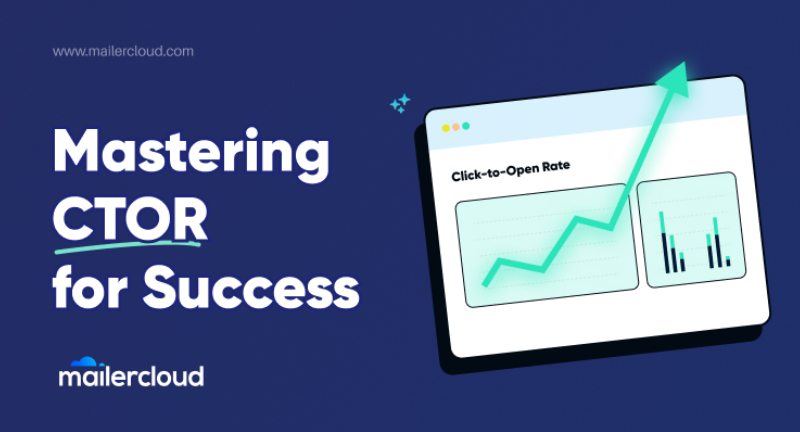HubSpot excels in comprehensive inbound marketing analytics. Kissmetrics specializes in detailed user behavior tracking.
Choosing the right analytics tool is crucial for business growth. HubSpot and Kissmetrics are popular choices, but they serve different needs. HubSpot offers a robust suite for inbound marketing analytics, making it ideal for tracking overall marketing performance. Kissmetrics, on the other hand, focuses on user behavior, helping businesses understand customer interactions in detail.
Both platforms provide valuable insights but cater to different aspects of analytics. Understanding their unique features can help you decide which tool aligns best with your business objectives. This guide explores the key differences and benefits of HubSpot and Kissmetrics, aiding you in making an informed decision.

Credit: www.multidots.com
Introduction To Analytics Tools
Explore the differences between Hubspot and Kissmetrics to determine which analytics tool suits your needs best. Evaluate features, usability, and pricing to make an informed decision.
Importance Of Analytics
Analytics tools help businesses understand their data. They reveal user behavior and patterns. This information is crucial for making smart decisions. Companies can improve their strategies using these insights. Good analytics lead to better marketing campaigns. They also help in boosting sales and customer satisfaction.
Choosing The Right Tool
Choosing the right tool can be challenging. Hubspot and Kissmetrics are popular choices. Hubspot offers a wide range of features. It is great for inbound marketing. Kissmetrics focuses more on user behavior. It provides detailed insights into customer journeys. Each tool has its own strengths. Businesses should choose based on their specific needs.
Hubspot Overview
Hubspot offers many powerful features. It includes email marketing and social media management. Users can also enjoy CRM integration. Its content management system is user-friendly. Analytics and reporting tools are robust. Hubspot supports lead generation and automation. It also has SEO tools to improve visibility.
Hubspot’s user interface is intuitive and easy to navigate. Dashboards are customizable. The layout is clean and simple. Users can quickly find tools and features. Drag-and-drop options make it user-friendly. Interactive elements enhance user experience. It is suitable for beginners and experts alike.
Kissmetrics Overview
Kissmetrics provides in-depth user behavior analytics, offering detailed insights into customer journeys. Compare HubSpot and Kissmetrics to determine which platform better meets your analytics needs.
Key Features
Kissmetrics provides detailed customer journey tracking. It helps understand user behavior across multiple platforms. Real-time data is available for quick decision-making. The platform offers cohort analysis to track user behavior over time. Kissmetrics integrates with various tools for enhanced functionality. The funnel reporting feature identifies where users drop off. Kissmetrics allows for A/B testing to optimize performance. The platform supports custom event tracking. Segmentation tools help target specific user groups.
User Interface
Kissmetrics has a clean and intuitive interface. It is easy to navigate for new users. The dashboard displays key metrics clearly. Users can customize reports to fit their needs. Drag-and-drop functionality simplifies report creation. The interface offers real-time updates. Data visualization is clear and concise. Tooltips and guides assist with navigation. Kissmetrics ensures a user-friendly experience.
Comparing Features
Hubspot tracks user behavior across email, social media, and websites. Kissmetrics focuses on tracking individual user actions. Both tools provide real-time data. Hubspot integrates with CRM to offer detailed tracking. Kissmetrics is powerful for e-commerce data. Hubspot’s interface is user-friendly. Kissmetrics provides detailed funnels and cohort analysis.
Hubspot offers customizable reports and dashboards. Kissmetrics excels in behavioral analytics. Both tools allow data export for deeper analysis. Hubspot’s reports are easy to share with the team. Kissmetrics provides advanced segmentation options. Hubspot includes A/B testing reports. Kissmetrics focuses on lifetime value and customer retention.
Ease Of Use
Hubspot has a straightforward setup process. It guides users step-by-step. This makes it easy even for beginners. On the other hand, Kissmetrics can be more complex. It may require more technical knowledge. This can be challenging for new users. Setting up Kissmetrics often needs developer assistance.
The learning curve for Hubspot is gentle. It offers many tutorials and resources. Users can quickly understand how to use it. Kissmetrics has a steeper learning curve. It has powerful features but can be hard to master. Users might need more time to get comfortable. This makes it less beginner-friendly.

Credit: www.abralytics.com
Integration With Other Tools
Hubspot offers many integrations. These include CRM tools like Salesforce. Marketing tools like Mailchimp work well too. E-commerce platforms like Shopify also integrate smoothly. Hubspot even works with social media platforms. This makes it versatile.
Kissmetrics also supports many integrations. It connects with popular CRM tools. Marketing automation tools are compatible too. Analytics tools like Google Analytics integrate seamlessly. E-commerce platforms work with Kissmetrics as well. This provides a robust analytics experience.
Pricing Comparison
HubSpot offers a range of pricing tiers for varying business needs. Kissmetrics provides more focused analytics with a straightforward pricing model. Comparing both helps determine the best value for your analytics requirements.
Subscription Plans
Hubspot offers a variety of subscription plans. The plans are tailored to different business needs. Starting with the Starter Plan, it costs $50 per month. The Professional Plan is available at $800 per month. The Enterprise Plan is the most expensive, priced at $3,200 per month.
Kissmetrics also provides several subscription plans. The Growth Plan starts at $299 per month. For advanced needs, the Power Plan costs $499 per month. The Enterprise Plan requires contacting their sales team for a quote.
Value For Money
Hubspot offers extensive features for its price. The Starter Plan includes basic CRM tools. The Professional Plan adds marketing automation. The Enterprise Plan offers advanced analytics and support.
Kissmetrics focuses on in-depth analytics. The Growth Plan covers essential tracking and reporting. The Power Plan includes more advanced features. The Enterprise Plan provides tailored solutions for large businesses.

Credit: www.kissmetrics.io
User Reviews And Feedback
Many users love Hubspot for its easy-to-use interface. The customer support is highly praised. Users find the analytics tools very helpful. Hubspot’s integration with other tools is seamless. Some users think it is expensive but worth the cost. Small businesses find it very beneficial. Marketing teams appreciate the detailed reports. The learning curve is not steep.
Kissmetrics users appreciate the in-depth analytics. The user tracking feature is a big hit. Many find the customer insights very valuable. Data visualization tools are loved by many. Some users think it is complex to use. The pricing is a concern for smaller businesses. The customer support receives mixed reviews. Teams like the conversion tracking features. There is a steeper learning curve compared to Hubspot.
Frequently Asked Questions
What Are The Key Features Of Hubspot?
HubSpot offers comprehensive marketing, sales, and customer service tools. It includes CRM, email marketing, and social media management. It also provides analytics and reporting features for detailed insights.
How Does Kissmetrics Track User Behavior?
Kissmetrics focuses on tracking individual user behavior across multiple sessions. It provides in-depth insights into user actions and conversion funnels. This helps in understanding customer journeys better.
Which Tool Is Better For Small Businesses?
HubSpot is generally better for small businesses. It offers an all-in-one solution that is easy to use. Kissmetrics is more specialized and may require more technical expertise.
Can Hubspot Integrate With Other Software?
Yes, HubSpot integrates with many third-party software. This includes CRM systems, email marketing tools, and social media platforms. It enhances functionality and ease of use.
Conclusion
Choosing between Hubspot and Kissmetrics depends on your business needs. Hubspot excels in comprehensive marketing tools. Kissmetrics offers deep customer behavior insights. Evaluate your goals and budget. Both platforms provide valuable analytics. Make an informed decision to enhance your business performance.


